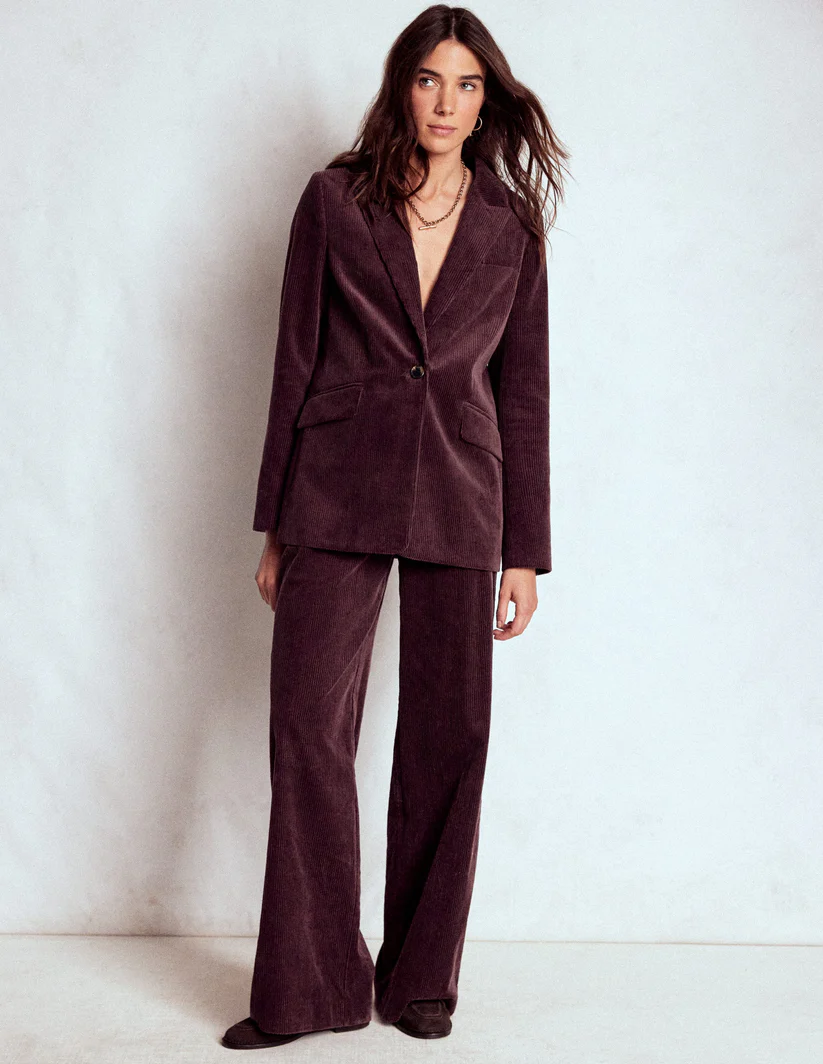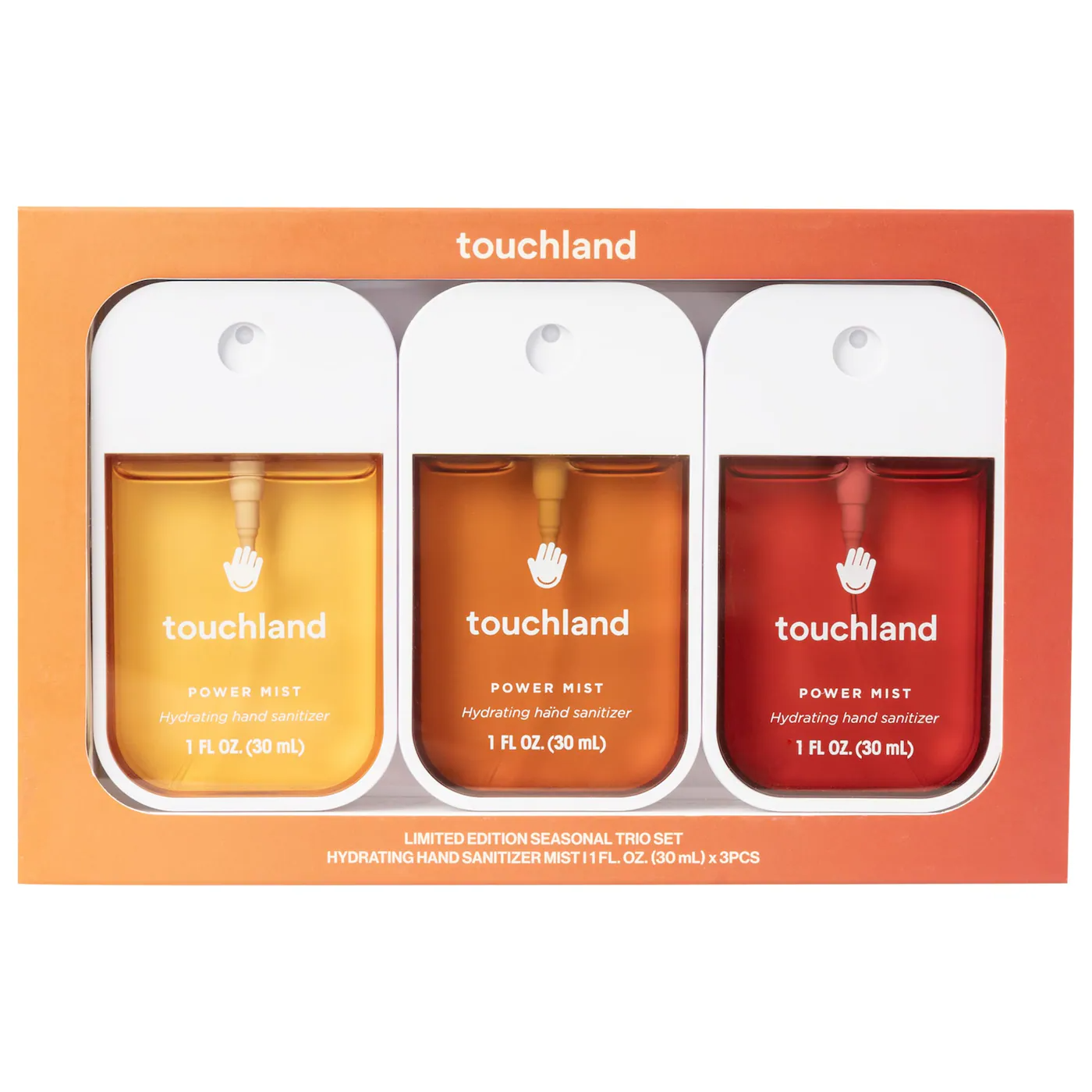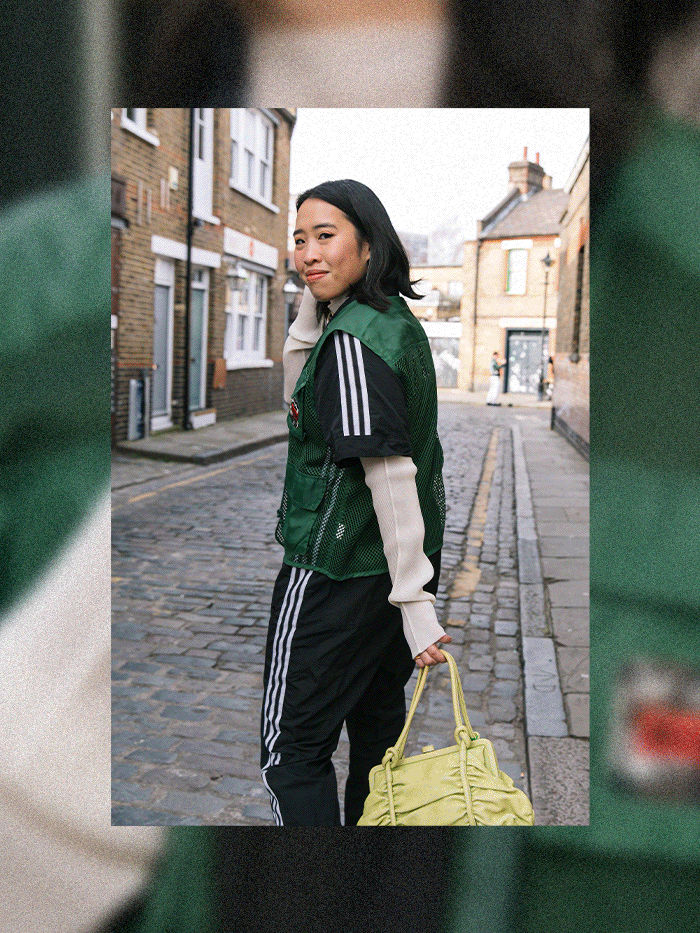
Zing Tsjeng is a journalist and the author of the Forgotten Women book series, and host of the podcast United Zingdom where she explores British identity. This month to mark London Fashion Week we have been celebrating British style, from our favourite designers to little-known brands, and here Zing writes about how moving to London from Singapore over a decade ago impacted how she gets dressed and what London style means to her.
The first month I moved to London aged 16, I visited Camden Market and wound up trying on a latex nurse costume. “Look!” I said triumphantly to my uncle, who was chaperoning me around London as a kind of sexagenarian tour guide, yanking aside the changing room curtain of a grotty Camden clothes shop. It was the kind of all-come all-served place that sells army boots to gabber fans, fingerless lace gloves to goths and patchouli incense sticks to hippies. “It fits great!”
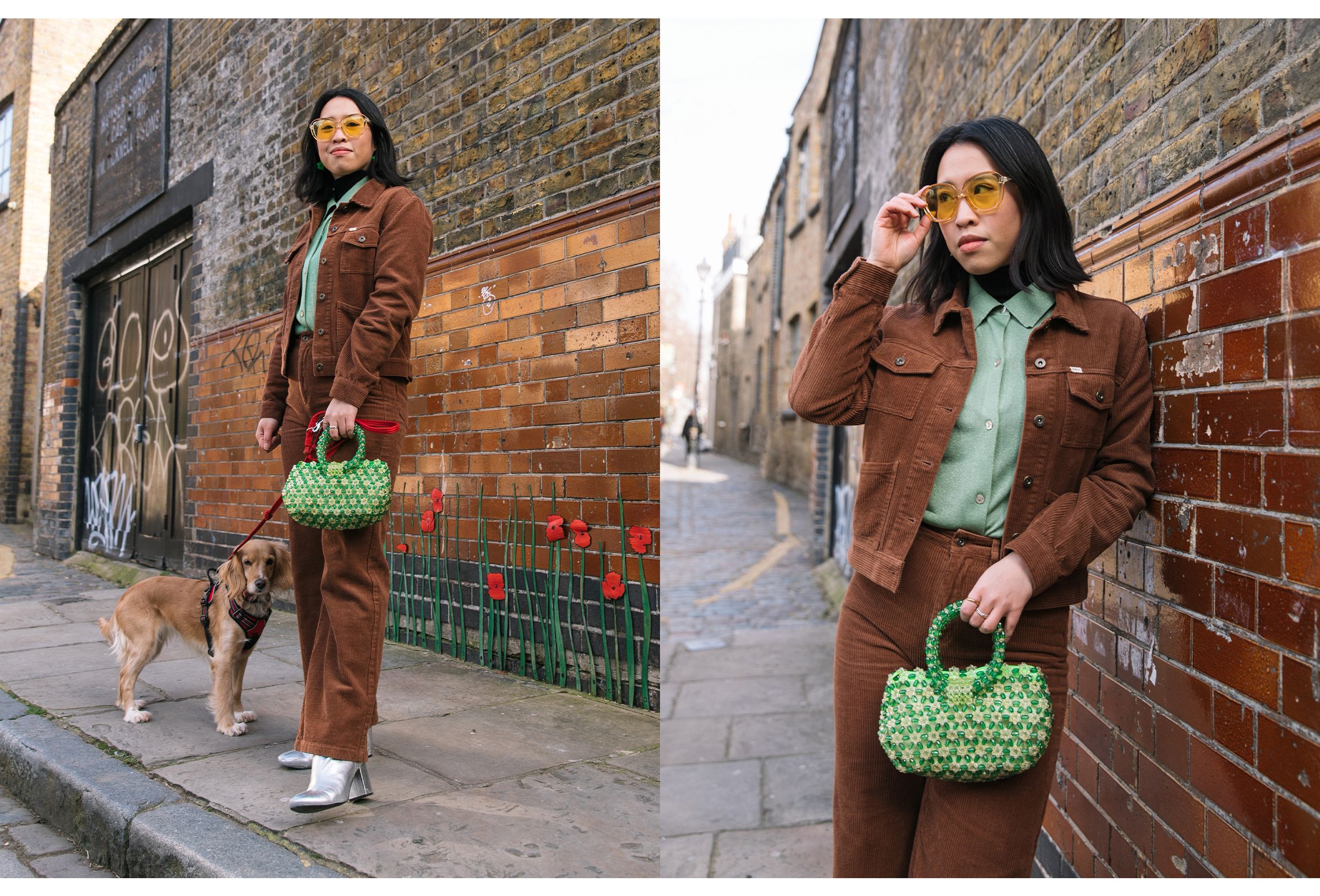
Coming to the UK as a teenager from Singapore wasn’t just an adventure; it was also a chance for me to develop a whole new look. My hometown is better known now for being the setting of Crazy Rich Asians, but back then it felt more like a sleepy backwater than a style destination. In any case, I was too busy using my fingernails to discreetly liberate imported magazines from their security bags in Borders – the bookstore with the biggest supply of imported fashion titles on the island – to notice. I’d smuggle British Vogue, The Face, Dazed & Confused and i-D to the aisle for children’s books and plough through every single issue sat on a made-for-kids floor cushion, ignoring the death stares of five year olds.
These days, I can afford to buy my own magazines, but I’ll never forget the window that those afternoons in Borders opened out on to the world. I read about British designers like Alexander McQueen and Vivienne Westwood, music scenes like garage and rave, and extravagant fashion parties attended in a mysterious, little-known area known as “Dalston”. I’d look up from an article about a little-known band called The Prodigy and realise that hours had passed and the bookstore was about to close, forcing me to hurry back to the magazine section to return the issues.

Arriving in London was a chance to put everything I’d learned into practice. I threw myself into it with as much enthusiasm as I’d squeezed into that nurse’s outfit, resulting in outfits that weren’t quite as eyebrow-raising, but came close – bright yellow tights layered under a plunging American Apparel one-piece; a discount Agent Provocateur bra layered over a tube dress with court shoes I’d found in a vintage shop in Portobello Road, topped off with lashings of eyeliner and MAC Russian Red lipstick.
In my defence, this was the 2000s, and Karen O was probably one of the biggest (and only) style icons for southeast and east Asian teenage girls growing up in the UK. If she said that wearing a single studded leather glove was in, I merely asked: “Which colour, white or black?”
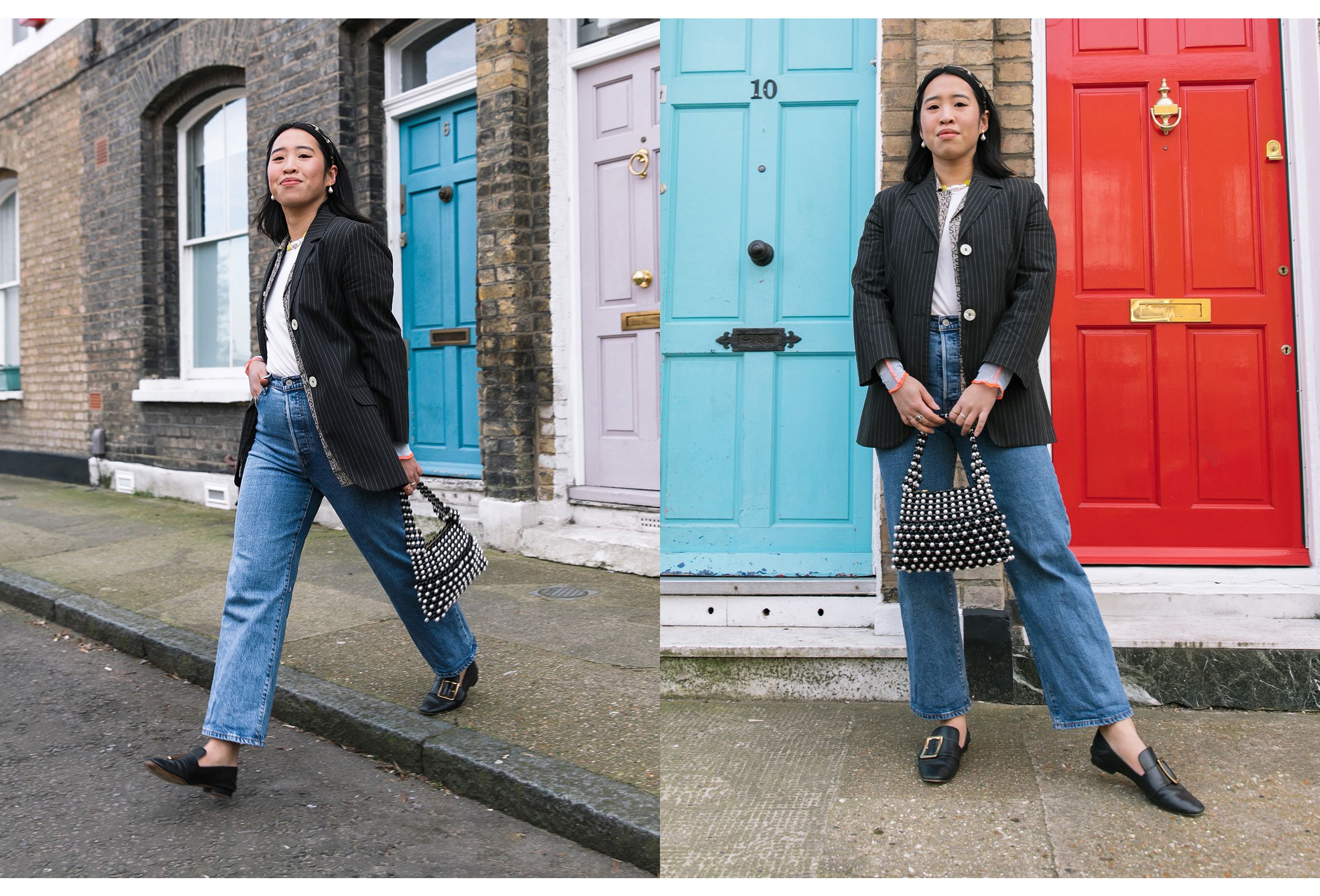
The possibilities were a bottomless box of chocolates, and here I was stuffing my face after years of yearning after it in the window. Being a teenager in Singapore meant wearing a school uniform every day and getting shouted at by teachers if you dared to wear slatternly ankle socks instead of more modest mid-calf ones. Most of my peers spent their weekends in flip-flops and running shorts, which was understandable. Living in 80 percent humidity necessitated form over function, especially if you hadn’t learnt to drive yourself around in a hermetically sealed, air-conditioned car yet.
Why not? I’d ask myself in London as I accessorised a one-sleeved dress made entirely of green sequins with electric blue eyeliner and a single peacock earring I’d bought off a man on Brick Lane. Why not? I’d ask as I came up with my uni party outfit of a silver lamé top underneath a studded pink leather Topshop skirt and black and white print leggings. Why not? I’d say to myself, pondering the combination of a vintage white YSL tuxedo I’d bought in Spitalfields Market, a flannel overshirt, hair ribbon and grey knee-high socks.
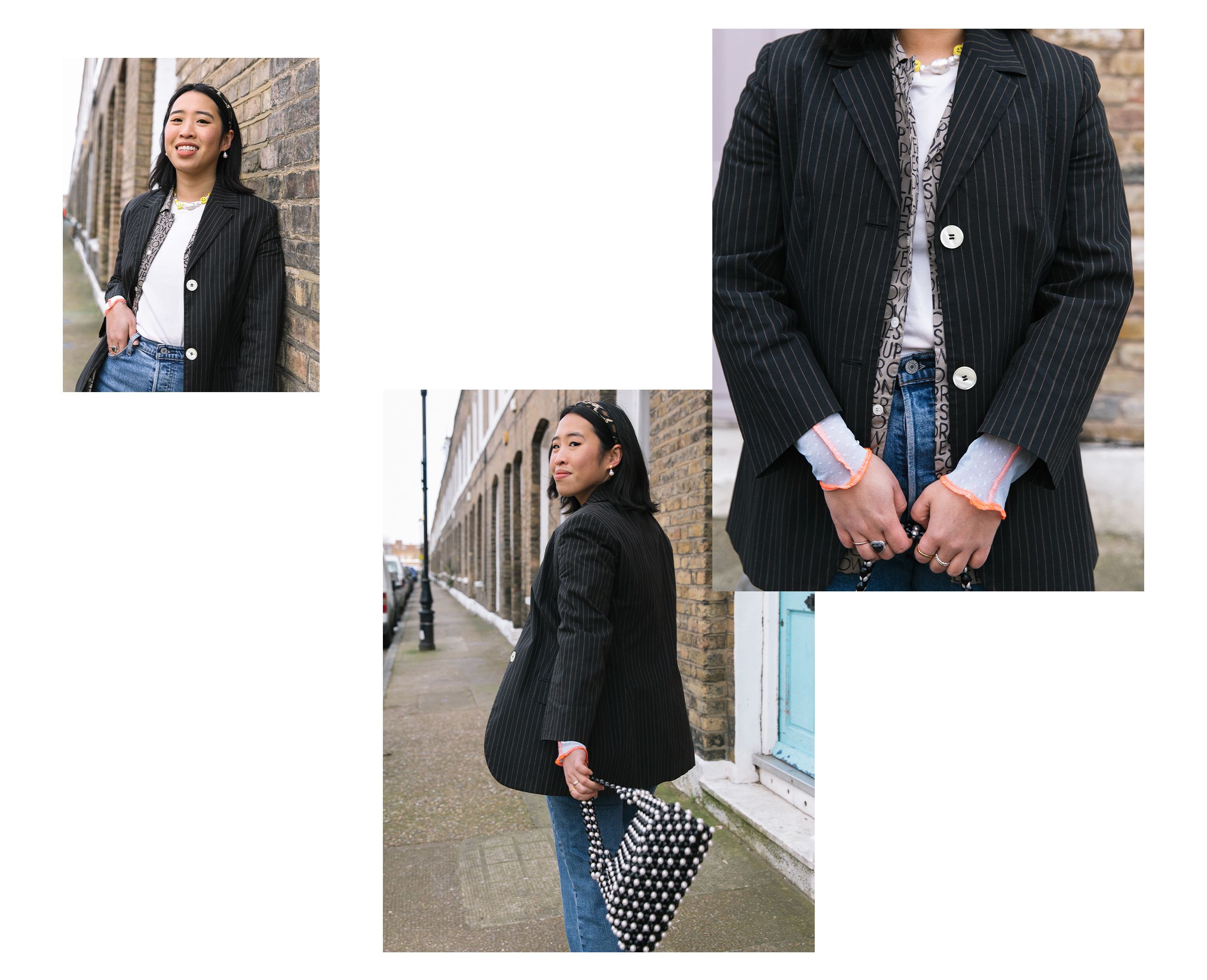
This is what London style still means to me: an endless, neverending series of why nots. Why not pair this with that? Why not dip into menswear? Why not polka dots with stripes and tartan?
Over a decade on, I think my style has probably evolved into something a little more sophisticated. It’s now a little more “dressing up” than dressing up box, or at least I no longer consider a white Lady Gaga wig as a key going-out necessity. At 16, my idea of a good time was to wander around the Big Topshop (RIP) in Oxford Circus in a fugue state while looking at racks of clothes. Now, I try to buy less fast fashion for sustainability reasons, and if I do I try to make sure that it’s a piece I’ll wear for a long time.

Instead, I’ve started looking towards independent British labels that don’t command the same column inches as your Vivienne Westwoods and Alexander McQueens, like my vibrant body-hugging top from British-Nigerian label Kai Collective. I’m also a huge fan of the new trend of enterprising young British designers setting up nimble, made-to-order labels – I got my romantic with a capital “R” princess blouse from Olivia Rose The Label, whose founder still hand-sews all her pieces and my orange and blue patchwork top from Rhi Dancey. In lockdown, I’ve hit up Sunshine Living for affordable tailored-to-fit loungewear and Delores for made-to-order tracksuits.
They all speak to the diversity of British style, where you’ll find designers exploring completely different aesthetics and you, as the buyer, get the pleasure of smushing all together. I can’t think of a better example of that than the workshop outfits worn by the queens on current season of RuPaul’s Drag Race UK, where I’ve loved seeing quintessentially wild London outfits like Tayce wearing an all-black bondage look with a leather harness, Ahora’s oversized blazer and spiked heels and nothing else, and Bimini Bon Boulash in their club kid-inspired zebra top, white fur coat and fluorescent orange hair.
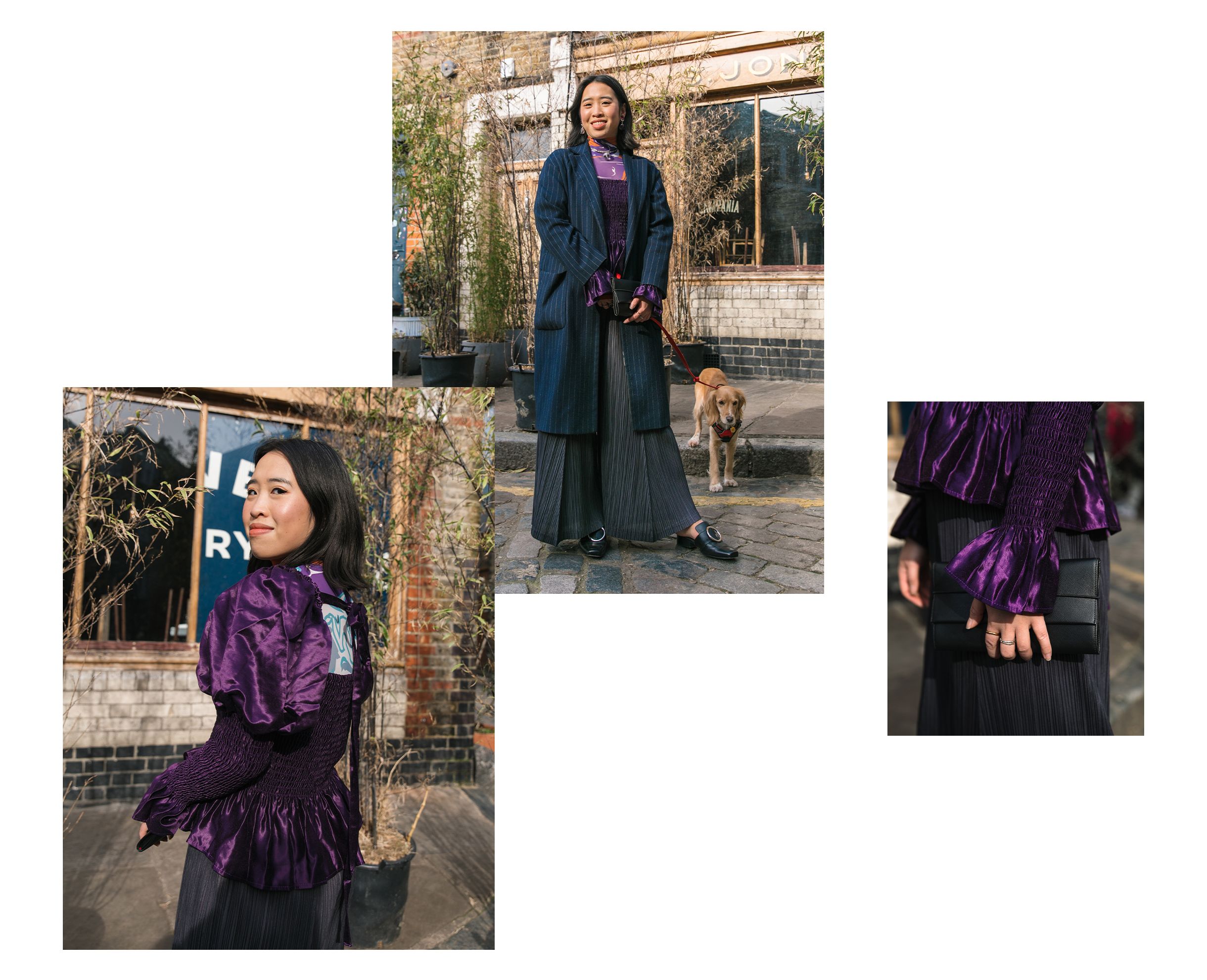
I also love independent boutiques that curate amazing selections of labels that you would never find if you shopped at bigger, more corporate shops – Pam Pam, inNEOSS and Not Just Another Store in London; Wolf & Gypsy Vintage in Brighton and Sanchos in Exeter have all introduced me to great new designers.
In other ways, not much else has changed. Like every Singaporean, I am still terminally addicted to a good discount (you have not experienced a “shopping frenzy” until you have seen its high street, Orchard Road, in the middle of Lunar New Year sale season). Most of my favourite clothes – like my floor-sweeping Pleats Please trousers, beaded Shrimps handbag and Asai tie-dye top – were bought on sale as investment pieces, things I knew I could slot into my wardrobe for years to come.
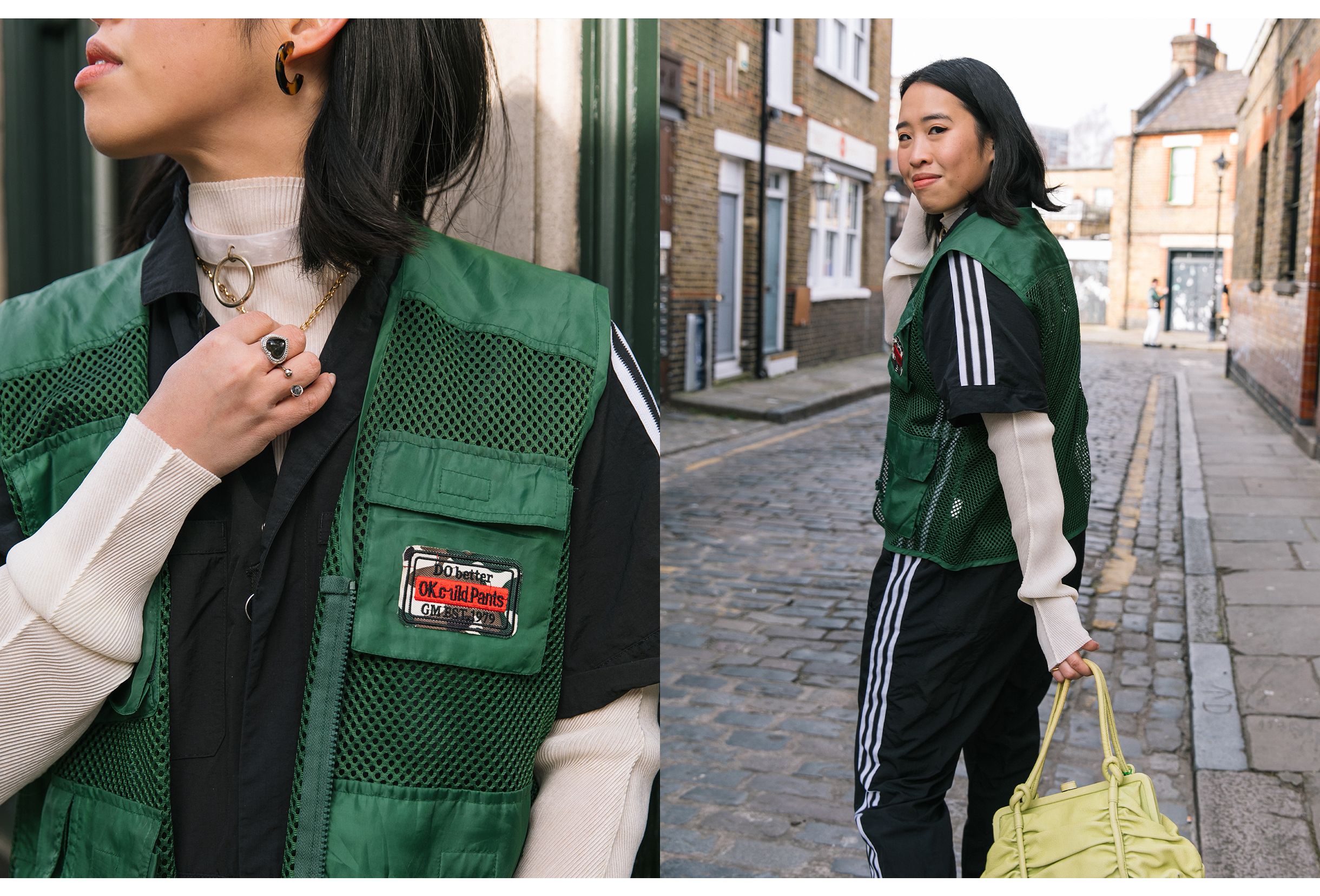
And even if I no longer have the time (or ability, thanks to COVID) to spend hours rummaging through vintage shops, Depop and sustainable stores like 3AM Eternal make it easy to find secondhand treasures like my green beaded handbag or diamante lucite choker. Others were picked up on holiday and serve as reminders of good times, like the green utility vest I bought from a secondhand store while visiting family in Hong Kong.
And as for that latex nurse’s outfit? I didn’t end up buying it, but a couple of years ago, I did find myself buying a latex jacket from Hanger Inc, the London label from Netflix’s Next in Fashion star Claire Yurika Davis. It doesn’t come with a matching nurse’s cap, but it does make me feel like I’ve come full circle.
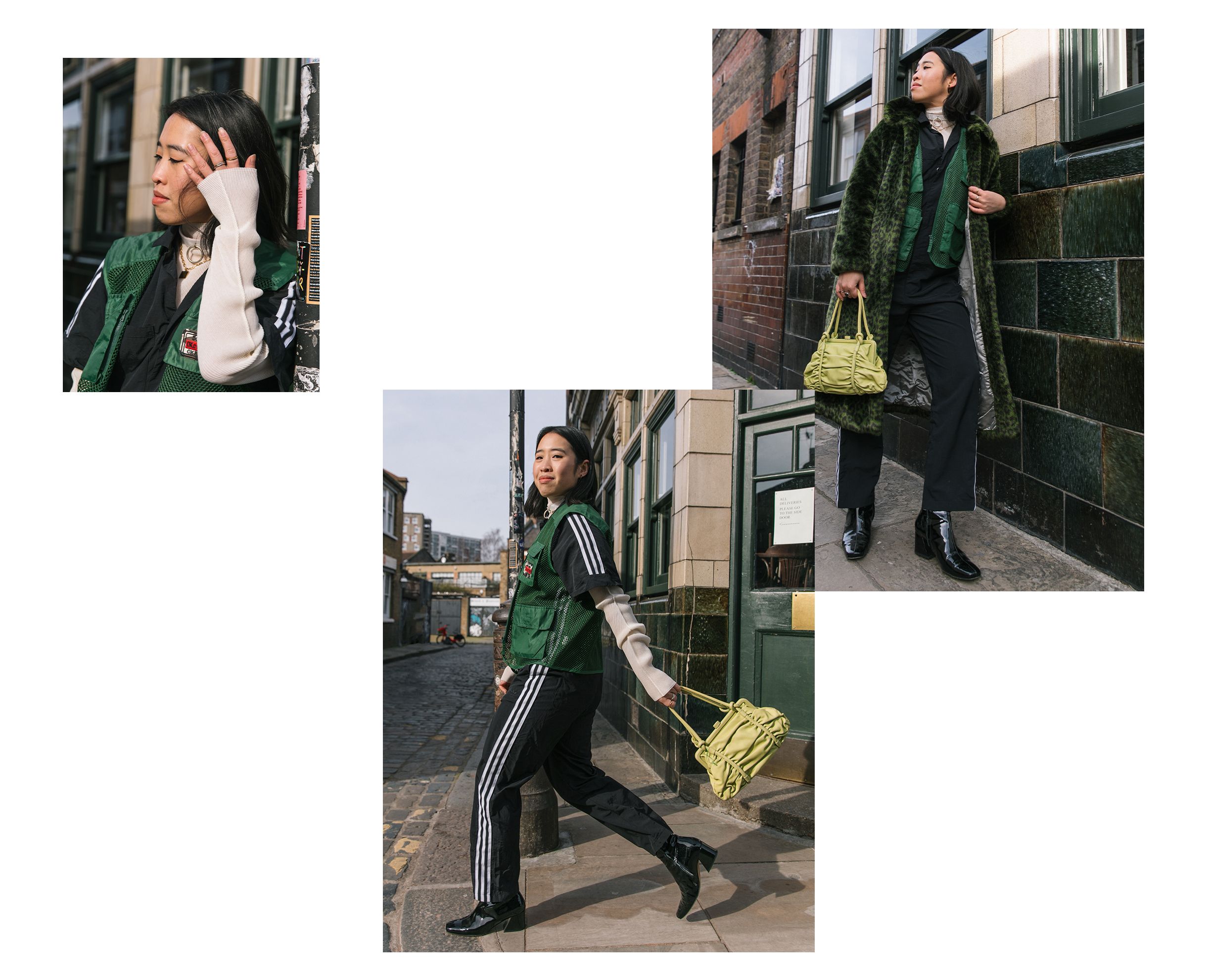
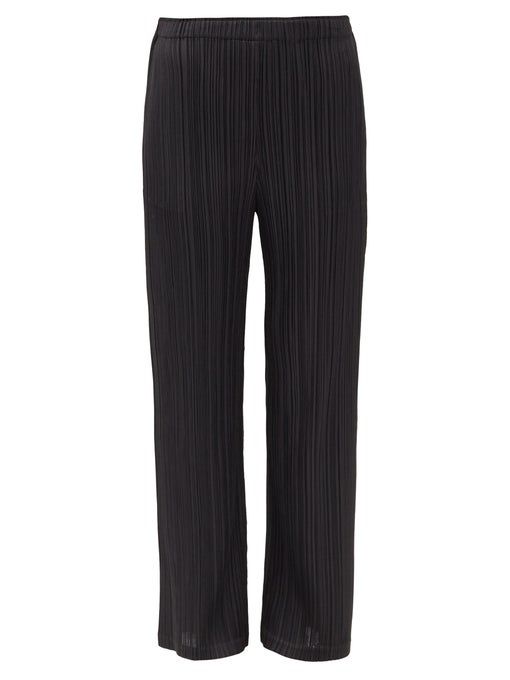
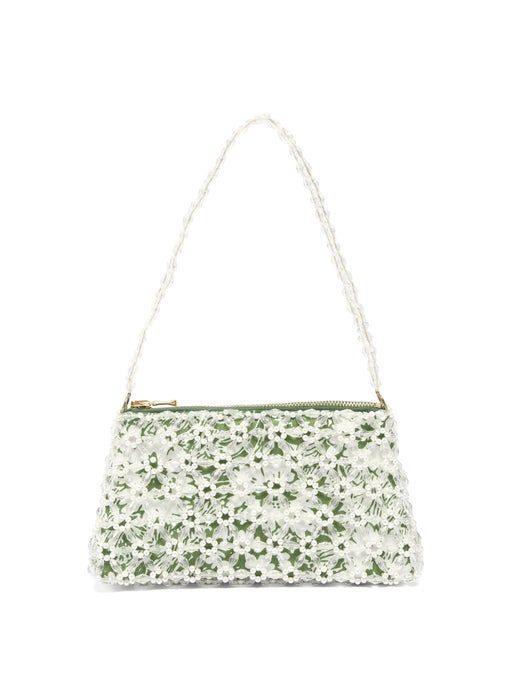
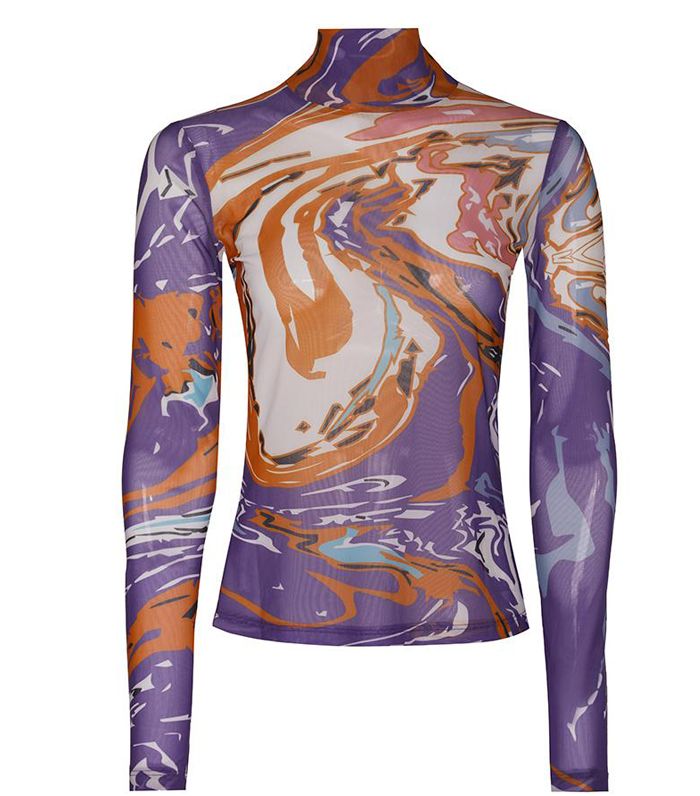
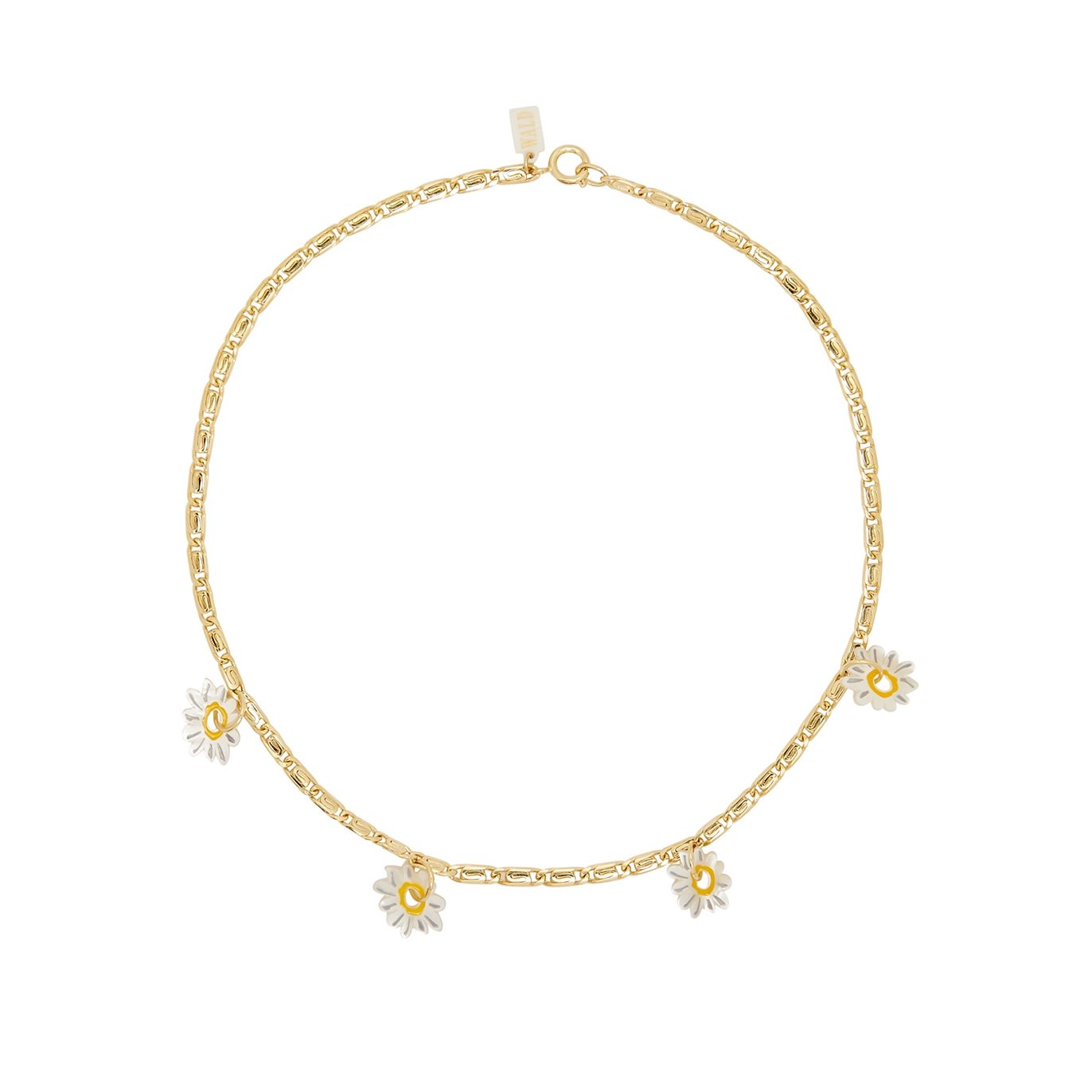
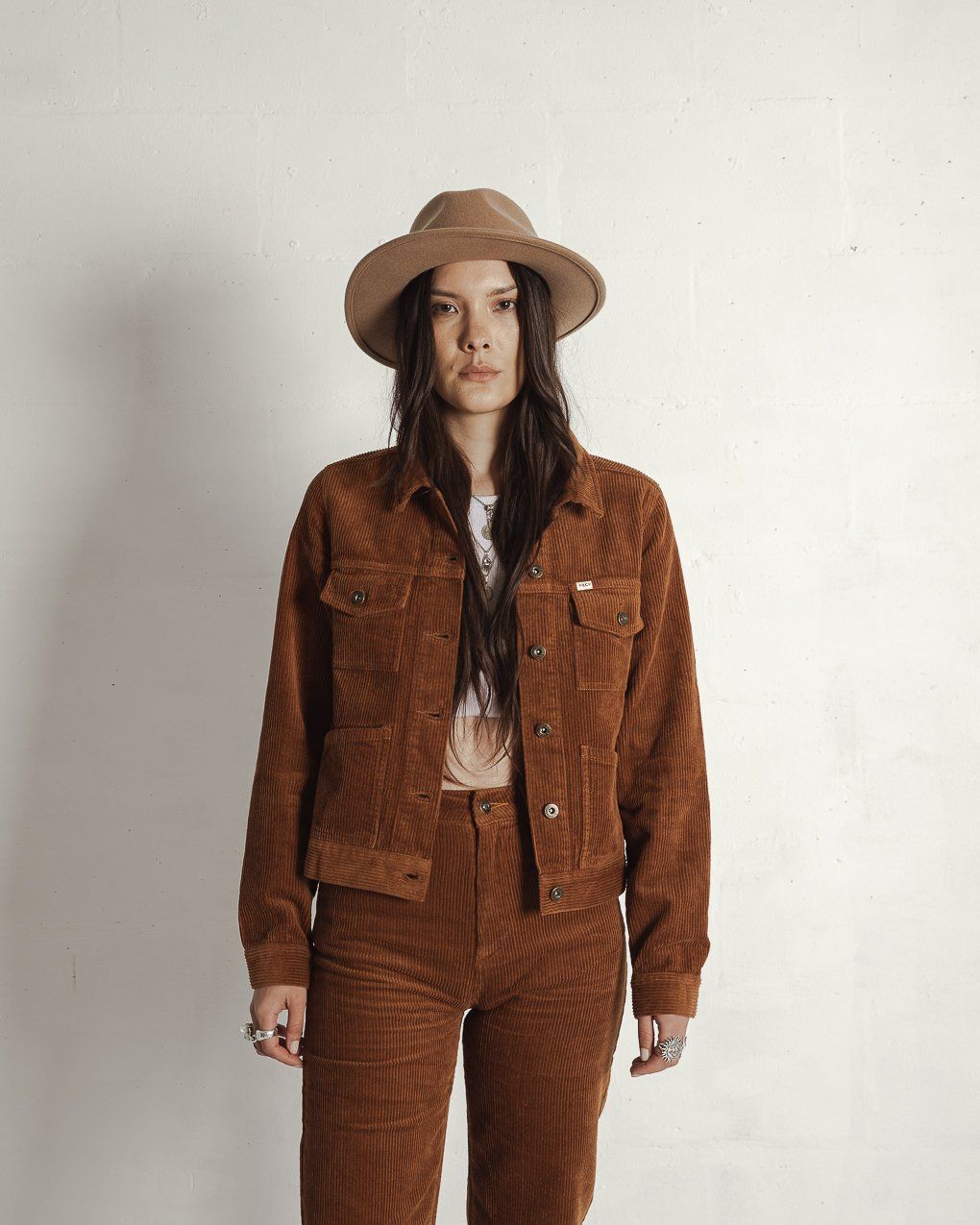
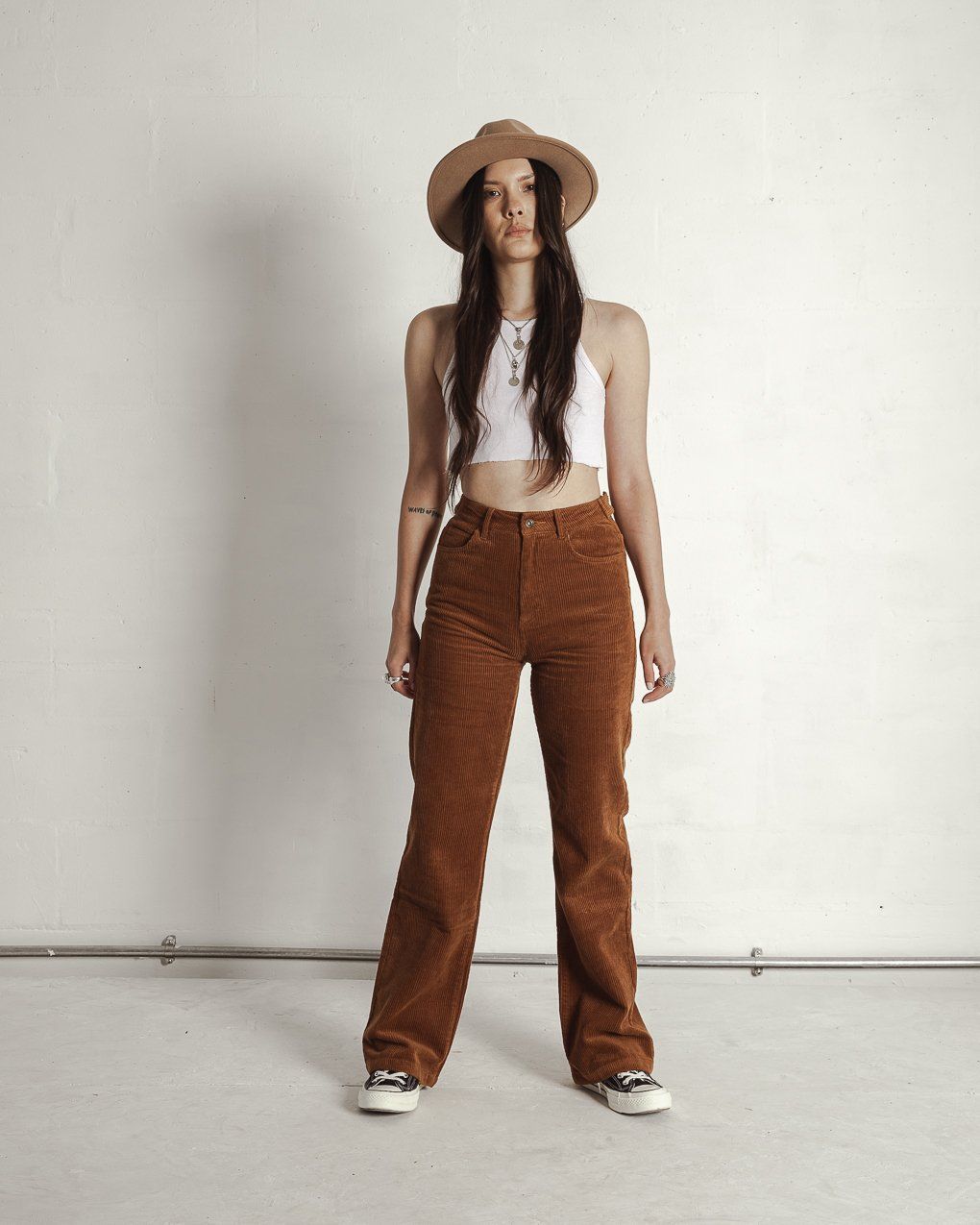

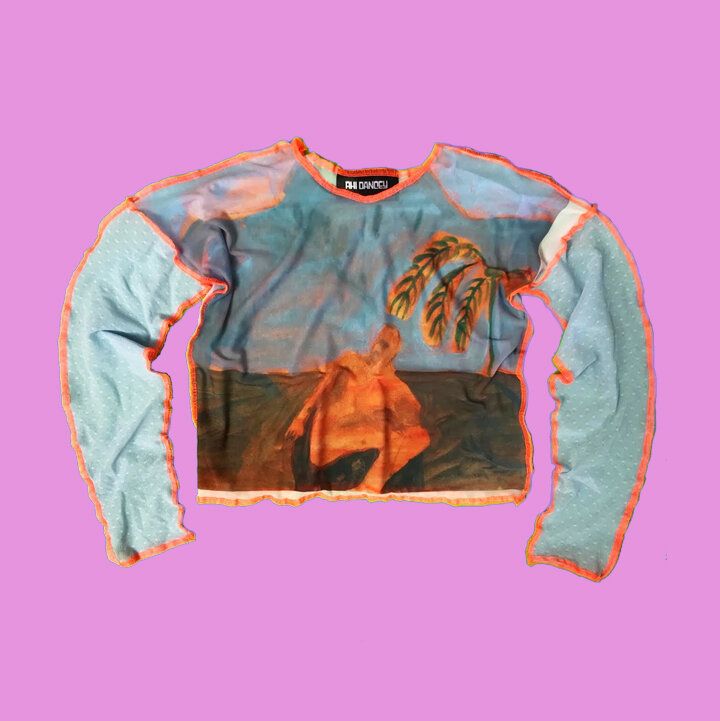
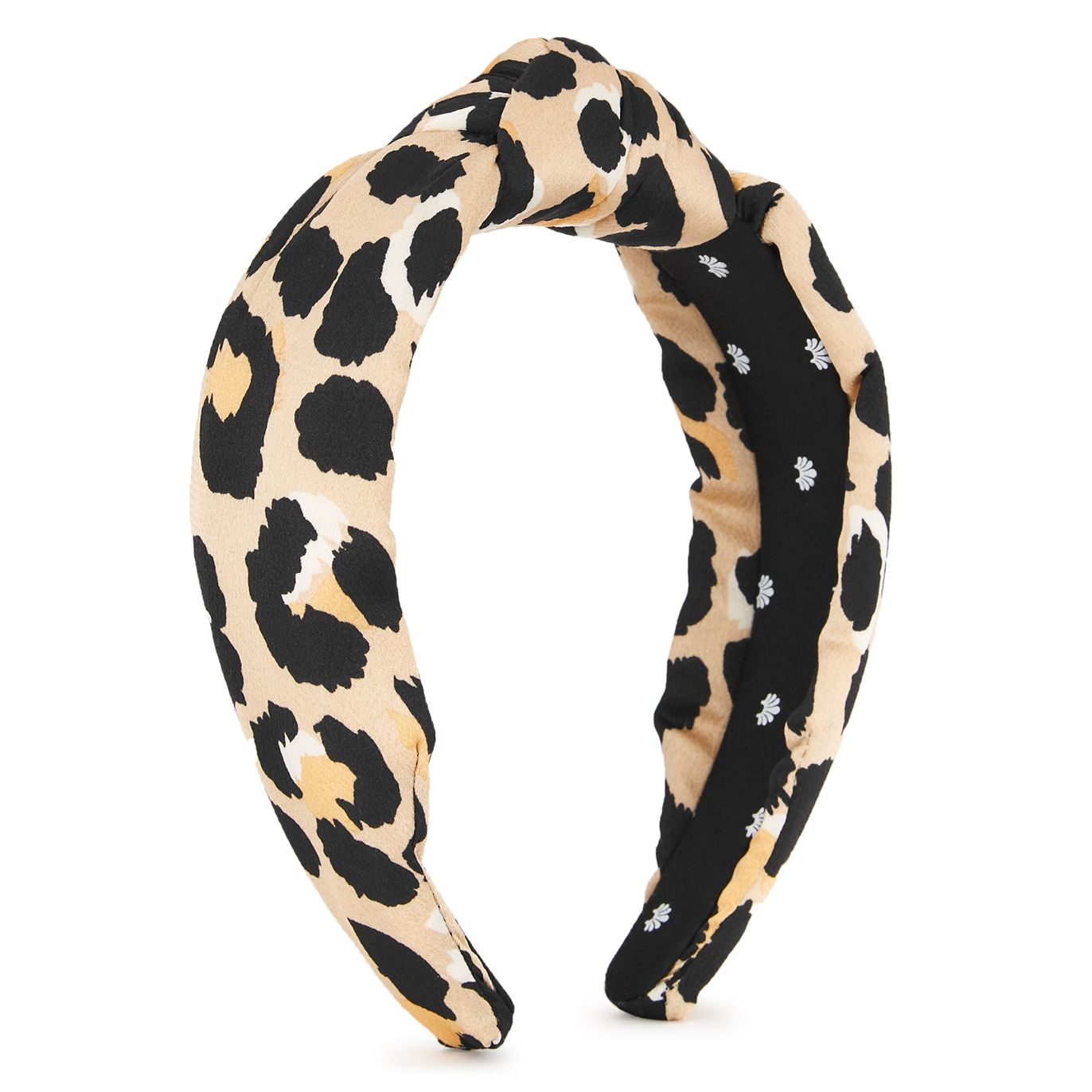
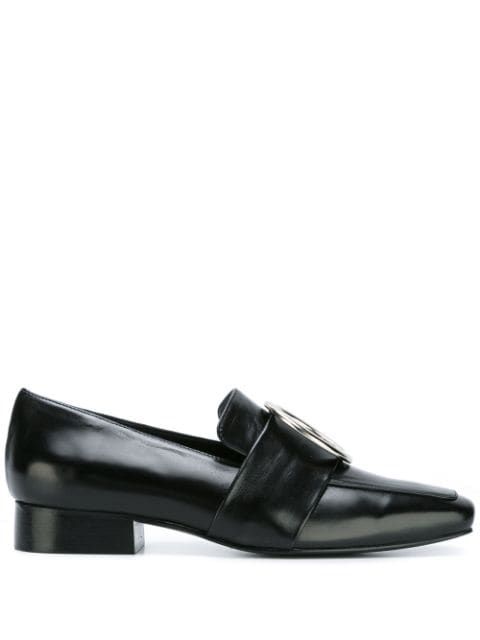
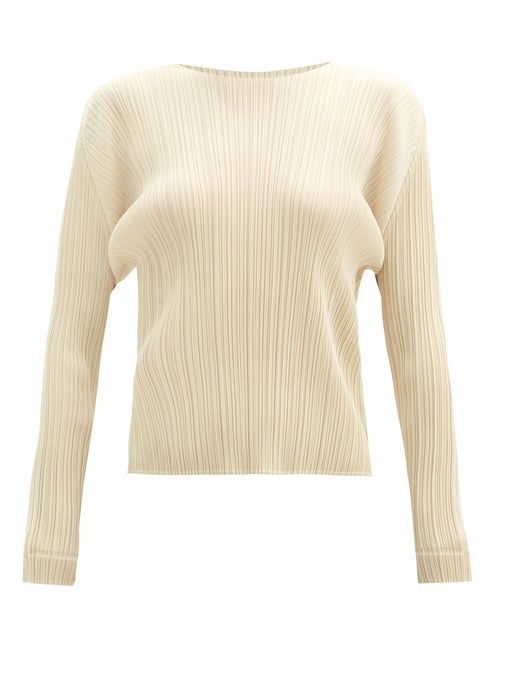
Next up, see our guide to the key trends for spring summer 2021.


